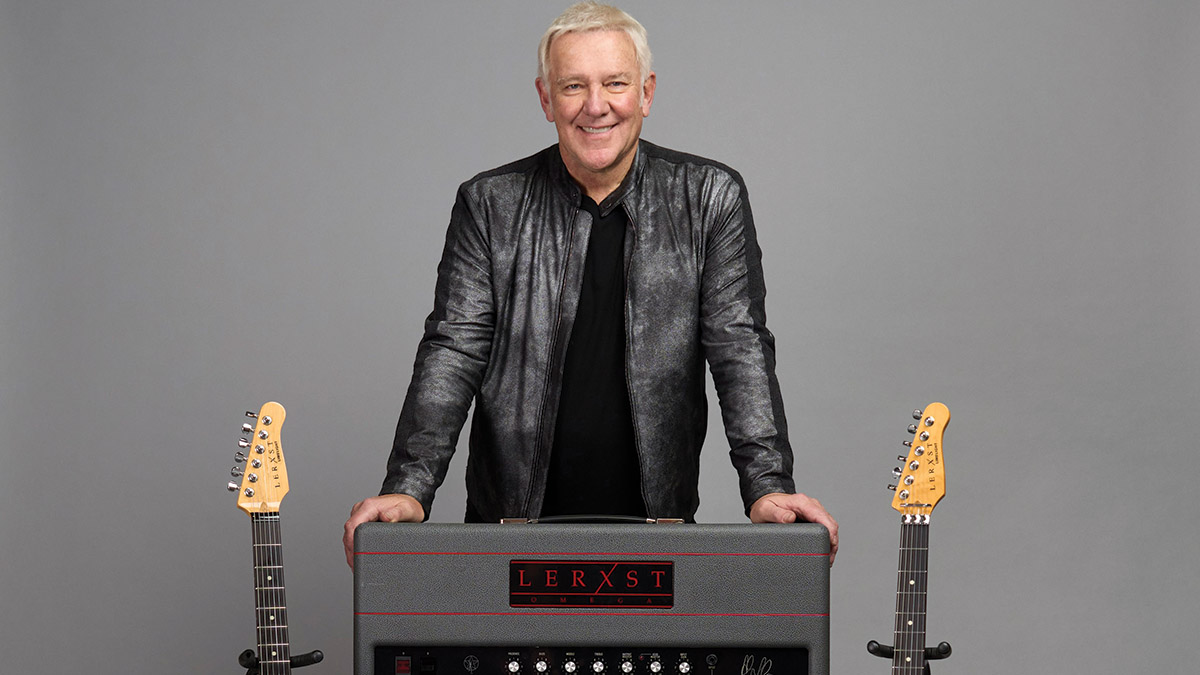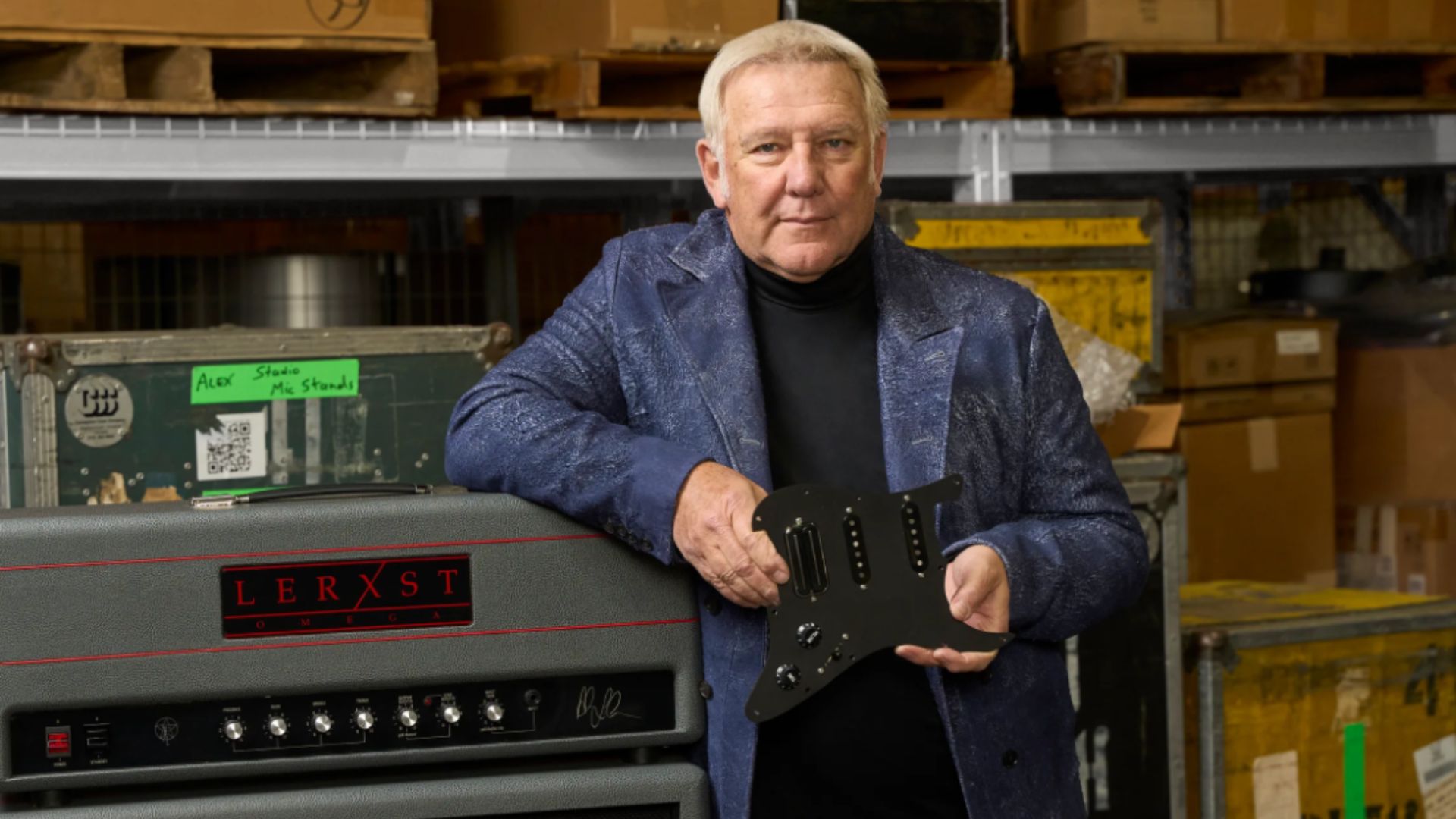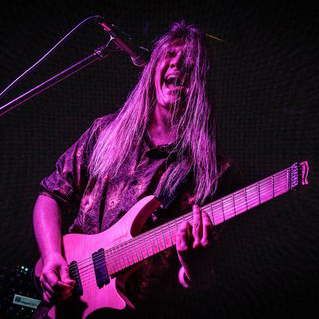“I hear depth in the amp that’s mic’d – I hear so much that I don’t hear in the digital plugin, which seems almost pasted onto the screen”: Alex Lifeson explains why digital amps can’t match up to the real thing
The Rush guitarist-turned-gear-manufacturer feels there’s one crucial element that plugins lack – and makes real amps sound superior

Slowly but surely, the digital amp world is converting even the most ardent of tube amp supporters. Slipknot’s Jim Root, who once claimed he’d never use a modeling amp, is one of the more recent big names to jump ship, but Alex Lifeson is standing strong.
The Canadian prog legend is keeping busy with life after Rush, forging guitars, amps and pedals with his Lerxst gear brand.
While a “horrific” fuzz pedal and a pre-wired pickguard have made for notable releases, his tube and combo amp range sits chief among them.
“There has been an explosion of guitar music in the past five years,” he told Guitar World. “Lerxst amplifiers provide a platform for these players.”
In a new interview with Guitar.com, alongside Mojotone CEO Michael McWhorter (Lerxst is part of the Mojotone brand family), Lifeson has reaffirmed his anti-modeler stance. And he has good reasoning for his position.
“You know, buy whatever amp you want,” he says. “But the one that we make sounds really good, and it’s based on a more traditional lineage. Digital is becoming a much better platform within itself.
“But when you’re using a plugin compared to an amp that’s mic’d, the difference is so noticeable,” he continues. “I hear depth in the amp that’s mic’d, I hear internal dynamics, I hear so much that I don’t hear in the digital plugin, which seems almost pasted onto the screen.”
All the latest guitar news, interviews, lessons, reviews, deals and more, direct to your inbox!
With so many big names being seduced by the pull of digital amps – including The Edge and Blue Öyster Cult’s Buck Dharma, who had been tube amp champions for decades prior – it feels the pro-tube camp is slowly diminishing.
Dharma justified the jump, saying: “Digital stuff is valid and has a great musical tone… the day to replace tube amps is here,” but Lifeson is holding his ground.
As more players begin to echo Dharma’s thoughts on the matter, doubts over the future of tube amps continue to grow.

And yet, despite the success of recent(ish) additions to the modeling market like the Quad Cortex and Fender’s Tone Master Pro – with Positive Grid readying the launch of the Spark 2 – some players still believe digital amps aren’t quite the finished product.
“The biggest challenge for the digital products is not the tone,” John Petrucci told Rick Beato last year. “It's not the things like gain and overdrive and stuff like that, it's how the amplifier physically pushes air through the speaker, it's the feel thing… It's all happening very randomly, nothing happens the same.”
There are parallels, then, between Lifeson and the Dream Theater shredder’s comments.
Laney has attempted a solution by creating the world’s most powerful FRFR cabinet in collaboration with Devin Townsend. Barefaced Audio’s Activier, in turn, can turn its guitar cabs into modeling-friendly power amp combos.
Yet the living, breathing aspect of real, tangible amps – amps you can feel, not just hear – continues to strike a point of difference with digital technology.
The battle rages on…
A freelance writer with a penchant for music that gets weird, Phil is a regular contributor to Prog, Guitar World, and Total Guitar magazines and is especially keen on shining a light on unknown artists. Outside of the journalism realm, you can find him writing angular riffs in progressive metal band, Prognosis, in which he slings an 8-string Strandberg Boden Original, churning that low string through a variety of tunings. He's also a published author and is currently penning his debut novel which chucks fantasy, mythology and humanity into a great big melting pot.

